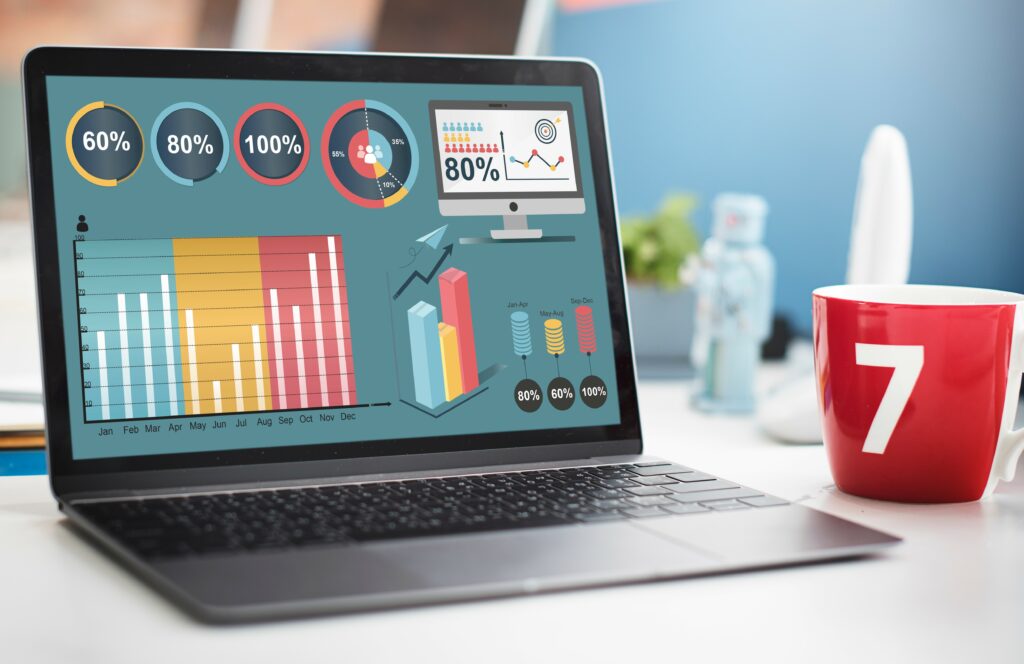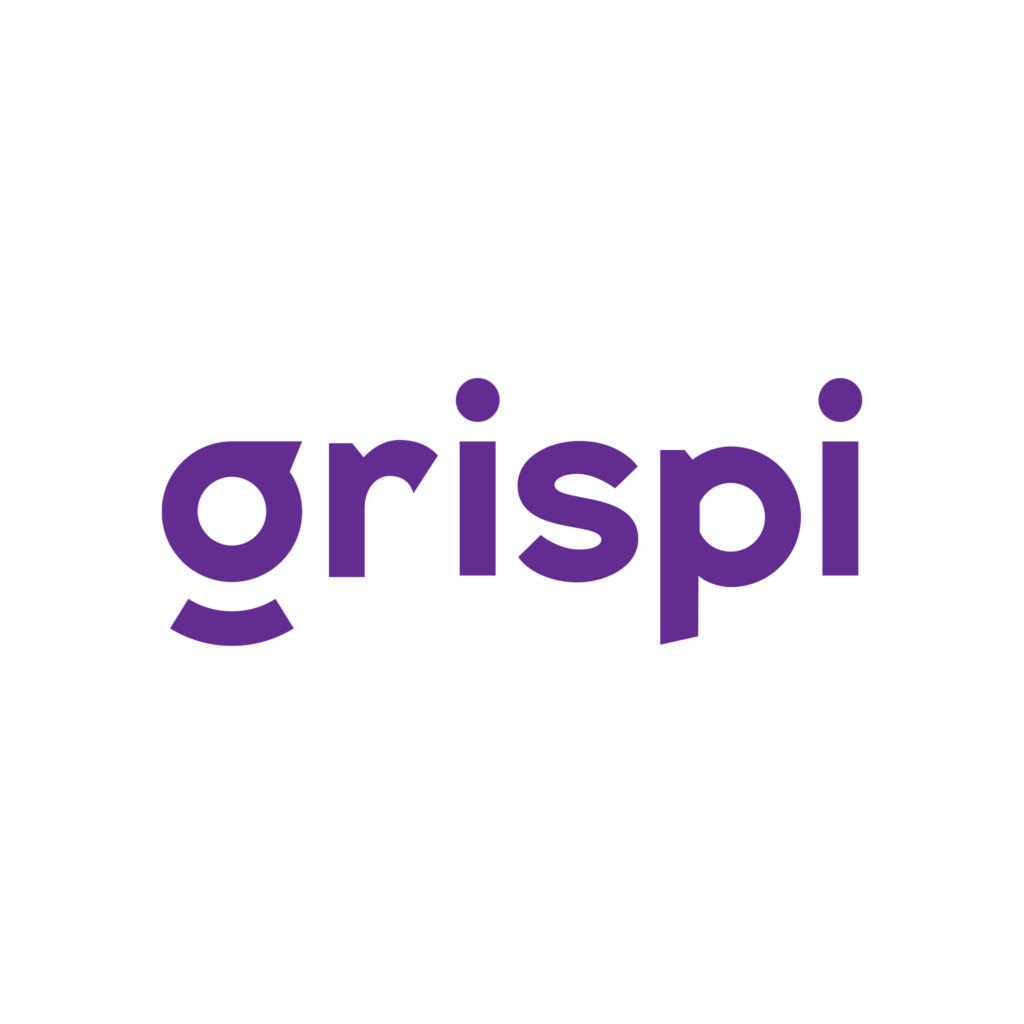Gamification in CRM: Motivating Sales Teams
- April 11, 2025
In today’s competitive business environment, companies are continually seeking innovative ways to motivate their sales teams and enhance overall productivity. One such approach gaining traction is gamification in Customer Relationship Management (CRM) systems. Gamification, the application of game-design elements in non-game contexts, has proven to be an effective strategy for engaging and motivating employees.
This article explores the concept of gamification in CRM, its benefits, implementation strategies, real-world examples, and potential challenges.
Understanding Gamification in CRM
Gamification in CRM involves integrating game-like elements such as points, badges, leaderboards, and challenges into CRM systems. These elements are designed to make the use of CRM more engaging and enjoyable for sales teams. By turning routine tasks into rewarding activities, gamification can help foster a competitive spirit and increase motivation among sales personnel.
Key Elements of Gamification in CRM
Gamification in CRM involves integrating game-like elements such as points, badges, leaderboards, and challenges into CRM systems. These elements are designed to make the use of CRM more engaging and enjoyable for sales teams. Points and rewards are earned by sales reps for completing tasks, achieving sales targets, or entering customer data into the CRM system.
Badges and achievements provide recognition for reaching milestones, such as closing a significant deal or maintaining excellent customer relationships. Leaderboards display top performers, encouraging healthy competition among team members. Additionally, challenges and contests can be set up with specific goals and rewards to spur extra effort and enthusiasm.

Benefits of Gamification in CRM
Implementing gamification in CRM offers several advantages for businesses looking to boost their sales performance and productivity.
- Increased Engagement: Gamification makes the CRM system more interactive and engaging, encouraging consistent use among sales teams.
- Enhanced Productivity: Motivated by rewards and recognition, sales reps are likely to be more productive and proactive in their tasks.
- Better Data Quality: The competitive elements can drive salespeople to enter more accurate and comprehensive data into the CRM system.
- Improved Morale: Regular recognition through badges and leaderboards can boost morale and job satisfaction among sales teams.
- Team Collaboration: Gamification can foster a sense of community and teamwork as individuals strive towards common goals.
Implementing Gamification Strategies
To effectively implement gamification in CRM, companies need to follow a structured approach. First, it is essential to define clear objectives, identifying what you aim to achieve with gamification, such as improved sales performance, better data entry, or increased CRM usage.
Next, choosing the right game mechanics that align with your objectives and are likely to motivate your sales team is crucial. Integration with existing CRM systems ensures that the gamification features seamlessly enhance current functionalities. Providing training and support to educate your sales team on using the new gamified CRM features is necessary for a smooth transition. Finally, regularly monitoring and adjusting the gamification strategy is important to assess its impact on sales performance and make necessary improvements.

Case Studies and Examples
Several companies have successfully implemented gamification in their CRM systems, leading to notable improvements in sales performance and productivity.
- Salesforce: Salesforce has integrated gamification features into its CRM platform, allowing sales teams to earn points and badges for completing tasks and achieving targets. This has resulted in higher user engagement and better sales outcomes.
- Microsoft Dynamics 365: Microsoft’s CRM solution includes gamification tools that enable sales managers to create contests and challenges, fostering a competitive environment that motivates the team.
- SAP: SAP’s CRM system uses leaderboards and achievement badges to recognize top performers, driving competition and encouraging others to improve their performance.
Challenges and Considerations
While gamification offers numerous benefits, it also comes with potential challenges that businesses need to address. Overemphasis on competition can lead to unhealthy rivalry and stress among sales teams, so it is important to balance competitive elements with collaborative goals. Balancing fun and functionality ensures that gamification elements do not overshadow the primary functionality of the CRM system.
Customization needs arise because different teams may have varying preferences, requiring tailored gamification strategies to be effective. Sustaining interest is another challenge, as keeping the gamification elements fresh and engaging over time necessitates regular updates and new incentives. By addressing these challenges thoughtfully, businesses can maximize the benefits of gamification in their CRM systems.
Gamification in CRM is a powerful tool for motivating sales teams and enhancing productivity. By incorporating game-like elements into CRM systems, businesses can create a more engaging and rewarding environment for their sales personnel. While there are challenges to consider, a well-implemented gamification strategy can lead to significant improvements in sales performance, data quality, and overall team morale. As the business landscape continues to evolve, leveraging innovative approaches like gamification will be key to staying ahead of the competition.
Contact Us
Fill out the form for detailed information and demo account, let us call you.
